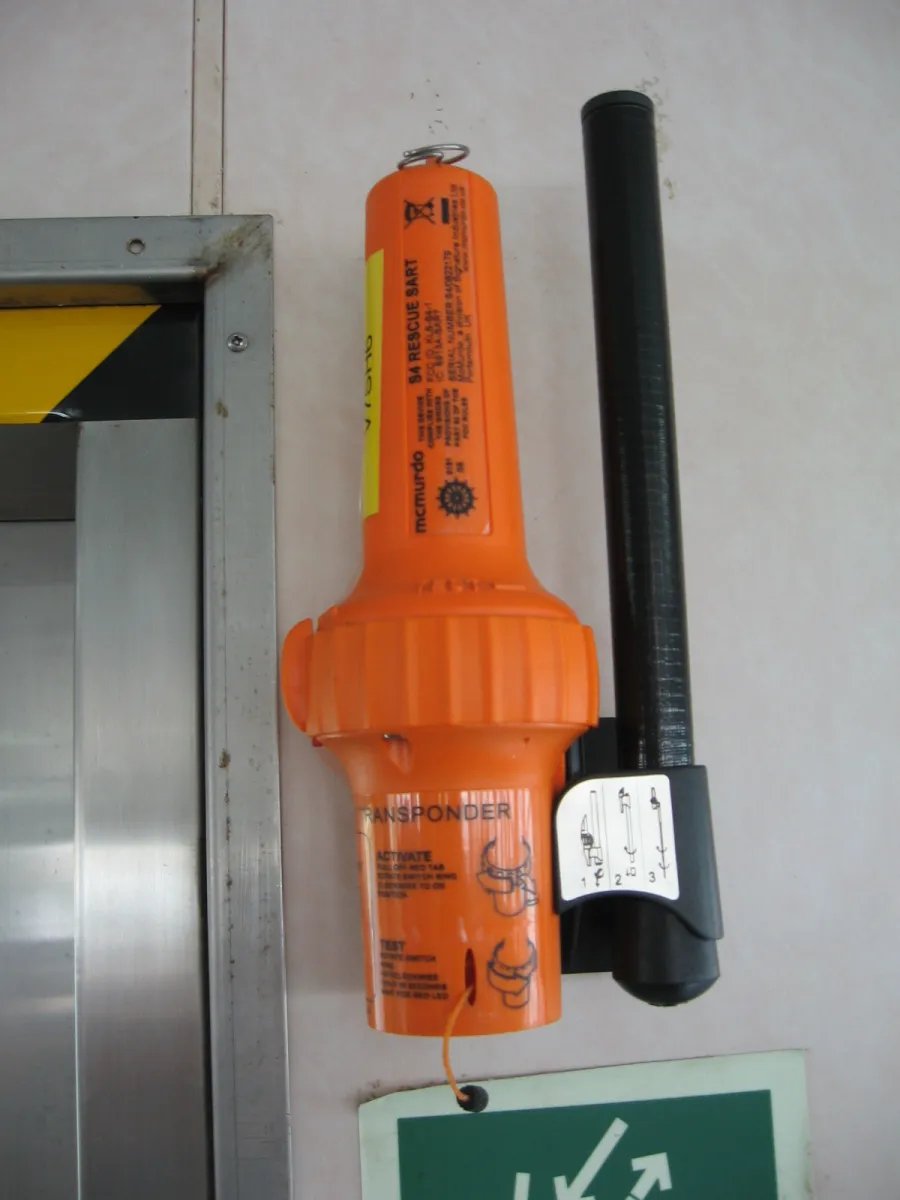A Search and Rescue Transponder (SART) is a critical safety device used in maritime search and rescue operations. It is designed to respond to signals from search radar, emitting a series of returns that provide a precise location, assisting rescue efforts. SARTs are mandatory on vessels that adhere to the Global Maritime Distress Safety System (GMDSS) and are typically mounted on lifeboats and liferafts. These devices are crucial for enhancing the visibility of vessels in distress to SAR teams, significantly improving the chances of timely and successful rescues at sea.
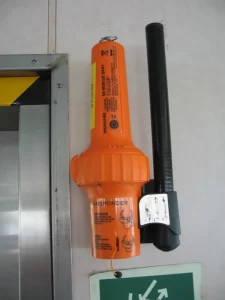
The Search and Rescue Transponder (SART), as defined by the SOLAS Convention and enforced by the International Maritime Organization (IMO), is an essential navigational device designed to assist in the efficient location of vessels or life rafts in distress. Under the SOLAS Convention, specifically within the requirements for the Global Maritime Distress and Safety System (GMDSS), SARTs are mandated for certain classes of sea-going vessels. These devices are critical in search and rescue (SAR) operations, emitting signals that are detected by SAR radars, creating a series of precise, recognizable responses on the radar screen. This function greatly enhances the accuracy and speed of SAR efforts, directing rescuers to the exact location of the distressed vessel or life raft.
SART devices operate by responding to radar signals from SAR ships or aircraft. When a radar signal hits the SART, the device transmits a return signal that appears on the radar screen as a line of 12 dots, leading towards the SART’s location. This unique signature ensures that the distress signal can be distinguished from other radar returns, focusing the search effort.

Initial detection of a SART indicating range and bearing
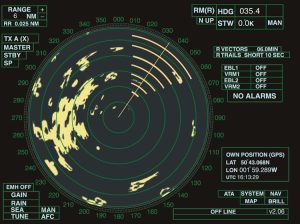
As the SART gets closer the dots turn to arcs
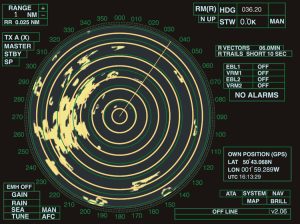
Within 1 mile of the SART the screen is cluttered. Source: https://rnli-sarroc.org.uk/sarts.html
The IMO’s regulations stipulate that all GMDSS-equipped ships carry SARTs as part of their essential safety gear. This includes passenger ships and commercial vessels of a certain size, engaged in international voyages. The regulations cover not only the mandatory carriage of SARTs but also their maintenance, testing, and operational readiness. Vessels are required to perform regular checks to ensure that their SARTs are functional and accessible in the event of an emergency.
In addition to the technical and operational guidelines provided by the SOLAS Convention and IMO, there are specific training recommendations for crew members on the use of SARTs. These training programs are designed to ensure that in the event of an emergency, the crew is proficient in deploying and activating the SARTs, maximizing the efficiency of search and rescue operations.
The Search and Rescue Transponder (SART) requirements under the International Convention for the Safety of Life at Sea (SOLAS) are designed to support maritime search and rescue (SAR) operations. SART devices are used to locate a distress vessel by emitting signals that can be detected by SAR radar. These devices are vital for enhancing the safety and efficiency of rescue operations at sea. Here’s a summary of the key SART requirements in the SOLAS Convention:
- Carriage Requirements: SOLAS Chapter IV – Radiocommunications requires certain classes of vessels to carry SART devices. Specifically, passenger ships of any size and cargo ships of 300 gross tonnage and upwards are required to carry SARTs. The exact number of SARTs required can vary based on the ship’s size and the nature of its voyage.
- Performance Standards: The performance standards for SARTs are specified in the SOLAS Convention and related documents such as the International Maritime Organization (IMO) resolutions. These standards cover the operational characteristics of SARTs, such as frequency, range, and response patterns. SARTs must be capable of transmitting signals that can be detected by X-band (9 GHz) radar at a range of at least 5 nautical miles, with a longer range being preferable.
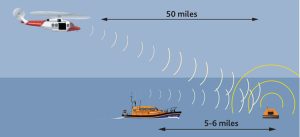
- Maintenance and Testing: SOLAS requires that SARTs, like all safety equipment, be regularly maintained and tested to ensure they are in good working condition. This includes periodic testing as per the manufacturer’s guidelines and immediate testing following any incident that might compromise the device’s functionality.
- Stowage: SARTs must be stowed in locations where they can be rapidly deployed in the event of an emergency. Typically, this means being easily accessible from the deck and in locations near lifeboats and liferafts.
- Training: Crew members must be trained in the proper use of SARTs, including deployment, operation, and troubleshooting. This is crucial for ensuring that in an emergency, the SART can be quickly and effectively used to aid in the rescue of the vessel and its occupants.
- Documentation: Ships must carry appropriate documentation for their SARTs, including manuals, maintenance records, and certificates of compliance with international standards.
These requirements are part of SOLAS’s broader commitment to ensuring the safety of life at sea by enhancing the effectiveness of search and rescue operations. Compliance with these requirements is checked by maritime authorities and classification societies to ensure that vessels are adequately equipped to deal with emergencies.

